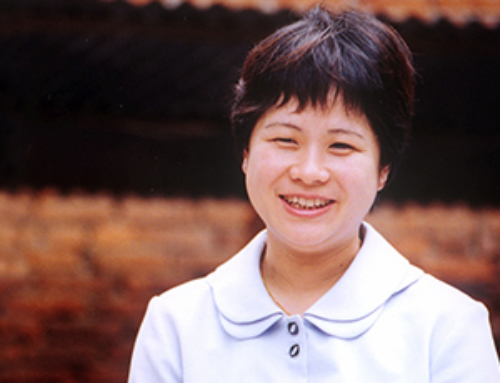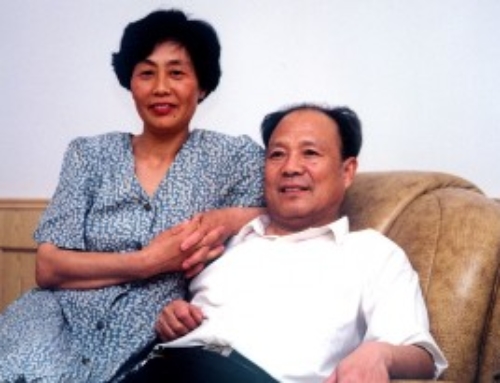There are six major social shifts in Chinese society that will make all of China’s generations dynamic for the foreseeable future.
These shifts are creating fault lines in the Chinese social landscape and rapid change in the values and attitudes within each of China’s generations. Yet, overall social change will unfold in uneven and surprising ways. Adoption of new ideas and identities will require difficult mindset shifts for every Chinese person and will impact each generation at different rates and times.
The 6 Shifts
These 6 major shifts are creating fault lines in China’s social landscape, particularly in urban areas and transitional rural villages:
1. From a Mass to a Class Society
Under communism, lifestyles were undifferentiated, shaped and guided by the political elite and by popular media. Now, 30 years later, a growing middle class has emerged—lawyers, engineers, senior service executives, and other professionals—exemplifying a class society in which every generation is affected by change.
2. From a Young Society to an Aging Society
In 1949, China’s average lifespan was 42 years, and most women gave birth to more than five children. Mao Zedong’s dramatic socioeconomic reforms later in the century, however, raised the life expectancy to more than 70 years. As a result, the country’s aged population (or people 65 and older) will double in less than 30 years, making China one of the world’s most rapidly aging nations.

3. From a Communist Economy to Market Socialism
The Chinese population had few incentives to be efficient or innovative under the communist economy and settled into a survival mode of “eating from the same big pot.” But, beginning in 1980, Deng Xiaoping’s open-door policy encouraged economic production and business development. Gradually, innovation, competition, risk, efficiency, and profit are becoming part of people’s lives in China. Cultural attitudes toward money are changing from scorn and debasement to pragmatism and demand from certain cohorts in each generation and have created an elite wealthy class.
4. From Social Welfare to Individual Social Responsibility
China’s communist government was traditionally responsible for the people’s total welfare. Social reforms under the market economy—in housing, medical care, and social security—shifted the economic burden to individuals. Privatization is still largely mistrusted in China, yet these fast-moving reforms will radically change people’s expectations of future economic security, as well as their spending and saving patterns.
5. From a Bipolar Rural/Urban Society to an Urban Society
Approximately 43 percent of China’s population lives in rural areas, with about half of that group living in transitional rural communities that are urbanizing. The rural urban population distribution when Mao lead the revolution in 1949 was about 90% rural to 10% urban. Today China has about double the number of urban dwellers as the total U.S. population. Urbanization always creates more social classes as a byproduct and drives economic growth, the ultimate goal of the Chinese government.
6. From Local Context to Global Context
After 30 years of development, China is poised to play a significant role in the global economy:
- Its coasts are no longer isolated;
- its imports and exports constitute the world’s ninth-largest trading economy;
- it is increasingly attracting foreign capital;
- and it finds many international companies relocating their firms to within its borders.
Since the Chinese people’s daily lives are more and more tied to international trends, current affairs are followed more closely. They gather diverse information from around the world through television the major source of news and information for most Chinese. Although young and educated Chinese hook into the Internet and social media they use it most for entertainment and information seeking and sharing related to personal interests than news. Television is still the main source of news for younger people. Globalization is integrating China into the world, stimulating innovation and introducing new cultural priorities.
Parting Thoughts…
Although all of these shifts are well underway, they each have a long way to go to reach their full impact. China will be in transition for the next 50 years. As these shifts continue to evolve they create new challenges for China including all the demands that come from a rising urban middle class and the need to create jobs and educational opportunities as well as a social safety net for those at the bottom of the urban rung. The biggest economic shift that now is just underway is the shift from an investment led to consumer led economy, which won’t be easy or fast to achieve.





